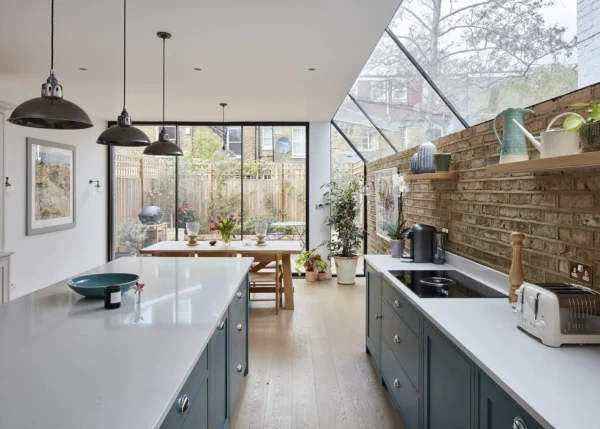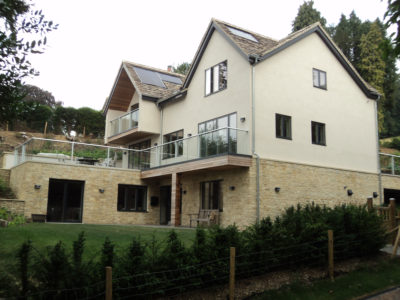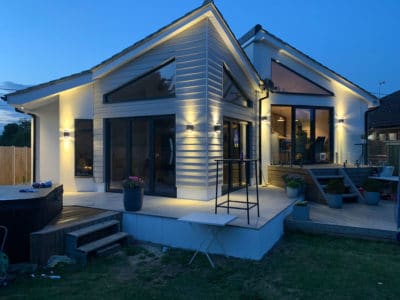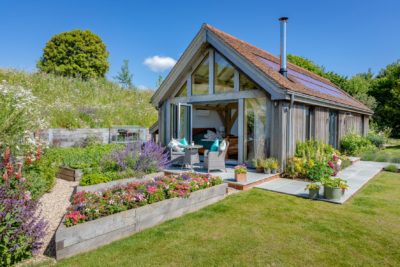How to Make Money from your Self-Build
If you’ve ever read a self-build magazine, you’ll probably have noted that most of the homes featured are not only impressively high quality, but they’re also worth more than they cost to construct in the first place.
This can be the case even where end values weren’t a prime consideration for the owners; so if you set your mind to it, couldn’t you make a tidy profit? Here’s what to consider before you take the plunge.
Are you really a self-builder?
While this may seem an odd question, it’s a vital one in financial terms – as it has a massive impact on exactly what exemptions and liabilities will apply to your scheme.
Probably the most fool proof way to determine this, at least in a technical sense, is what the taxman thinks. As far as the HMRC is concerned, if you’re looking to make a profit out of property development, you’re undertaking a taxable business activity – so it will class you as a ‘mainstream contractor’ (ie. a property developer or speculative builder).
A qualifying contractor has to register with the Construction Industry Scheme (CIS) before undertaking any project activity, and must be prepared to make monthly returns to HMRC on all payments to sub-contractors (or to account for gross payments).
You may feel this is a bit extreme, but there are two definitive cases in which you would qualify under the CIS rules: if you’re considered a mainstream contractor, as described above; and if you count as a deemed contractor (because your average annual construction expenditure in a three-year period exceeds £1m).
Private householders and self-builders aren’t classed as contractors and are therefore not covered by the CIS scheme. But this exemption only applies if they are carrying out works to their own property, not intended for sale, and where their expenditure falls below the cap for deemed status.
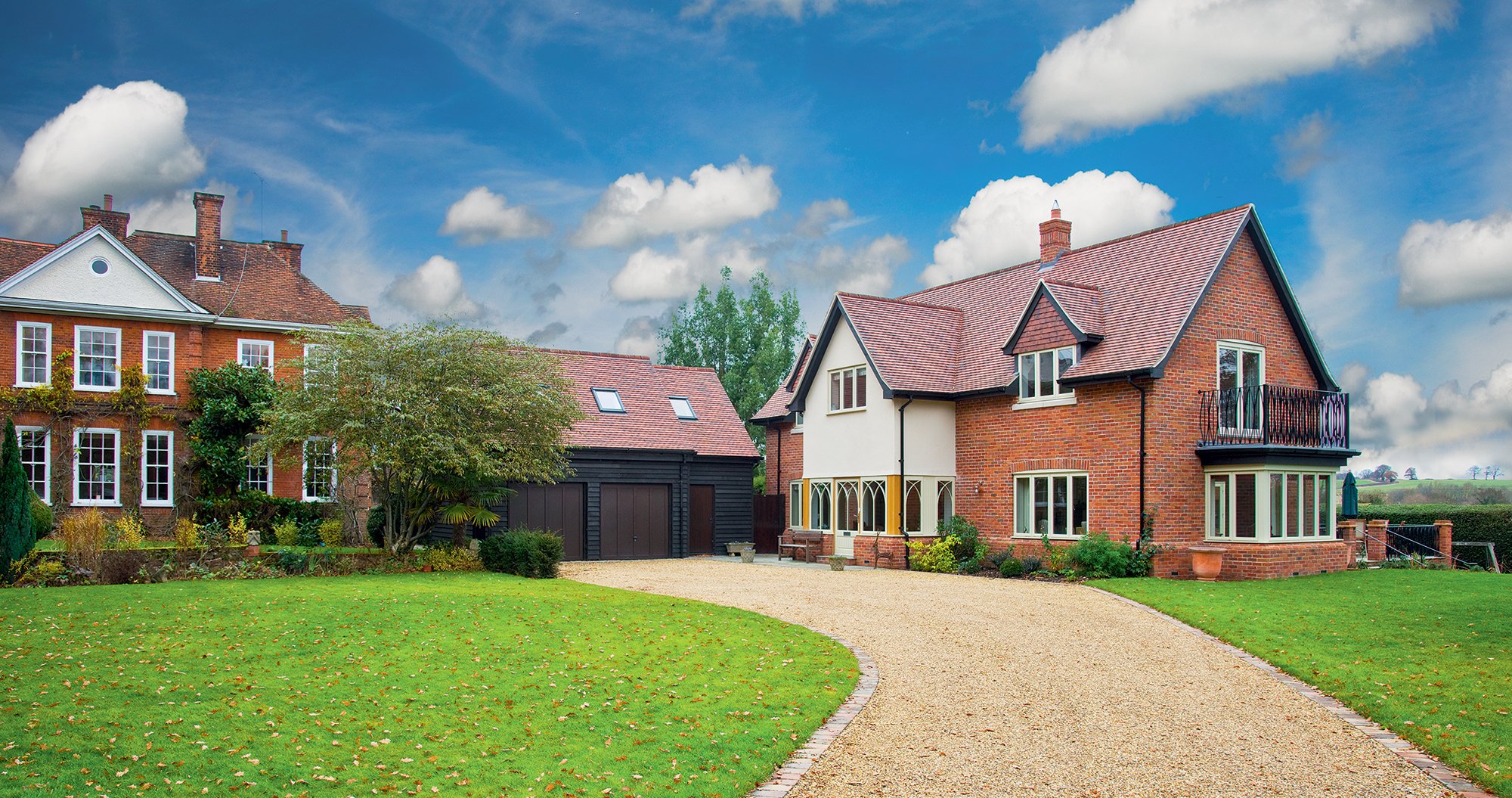
Another useful indicator of self-build status is whether you qualify for an exemption from the Community Infrastructure Levy (the CIL, which is a planning tax levied on developments that can run into £10,000s).
Read more: How to apply for CIL exemption
The initial forms for this (submitted before you start on site) require you to declare that you are building your own home for personal use. A second form that’s due on completion will require you to prove your status with your VAT reclaim or mortgage details, and sign a declaration that if you sell within three years of completion, you’ll be liable to pay the CIL.
What applies when?
The best way to ascertain whether you’re technically a self-builder or a property developer is to take a look at a few indicative scenarios.
The examples below would apply whether you’re planning to build a new property in your own garden, or you’re purchasing a plot on the open market. The difference is that, with the latter, you’ll be liable for stamp duty land tax (SDLT) on the sum you pay for the site (only on the land price; as opposed to the whole property if you’re buying an existing house).
SDLT is now set at a pretty punitive level, so it needs to be factored into your budget calculations. You pay zero for the first £125,000, but after that it ratchets up. In the £125,001-£250,000 bracket, the rate is 2%.
It’s 5% for the next £675,000 (up to £925,000); 10% on the next £575,000 (up to £1.5m); and 12% for anything beyond that threshold. The below are guide scenarios only. It’s always wise to check with your accountant or another suitable financial advisor to understand your specific circumstances.
1. Building a home to live in yourself
Self-building a new bespoke house can be highly tax efficient if it’s going to be your principle private residence (PPR). You’ll be able to claim back VAT spent on most of the materials.
You won’t need to pay CIL (nor SDLT if you build on land you already own); and no income tax (IT) or capital gains liability (CGT) is due when you sell your existing house (provided this is within an acceptable time period).
Once you move into your self-built home, if you then decide to hold on to your previous house as an investment property you will also need to pay IT on rent received. In addition, CGT will be due on any gains that have been made to the property’s value.
If you’re securing planning consent on your own garden to build the new house, you’ll be in line to make a very sizeable equity gain, largely through the uplift in the land’s value.
Read more: 10 expert tips for winning planning permission on a garden plot
2. Building a house as an investment
If you intend to rent the property out after construction is complete, then you’ll need to pay the CIL charge at whatever rate per m2 your council sets it.
You’ll also have to pay VAT for building products, as well as IT on any income made. You’ll be liable for CGT on any uplift in value if you put the house on the market in the future.
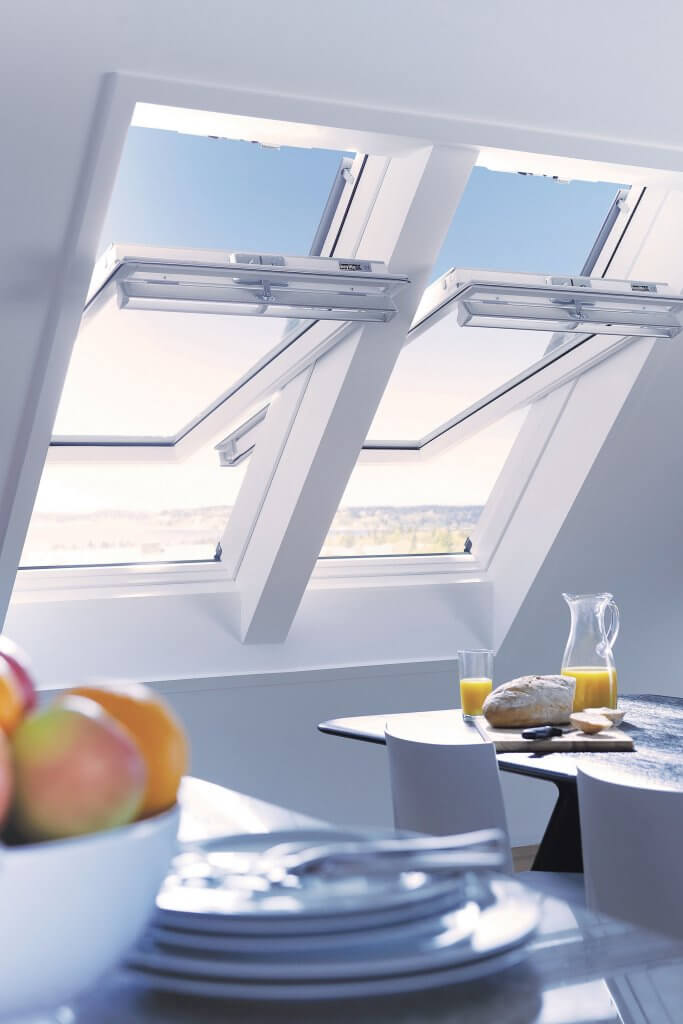
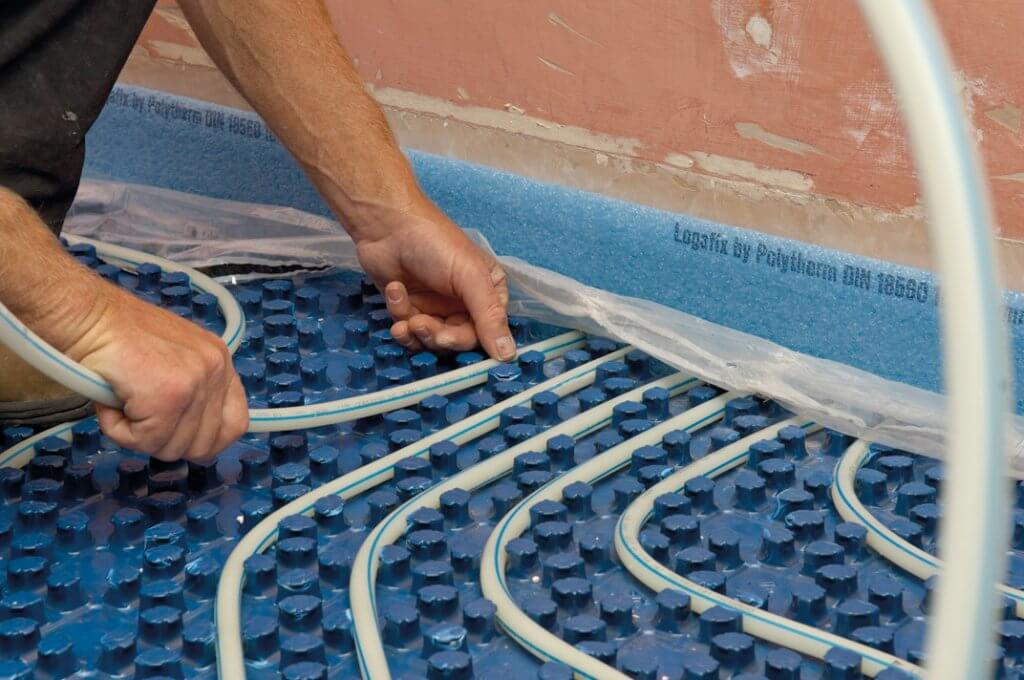
3. Building to sell
Constructing a new house with the express intention of selling it on for profit means you’ll be a property developer, classed as a qualifying contractor and subject to CIS.
You won’t be able to benefit from the CIL exemption, and you won’t use the self-build VAT reclaim process (instead you’ll do this through quarterly returns). You’ll have to pay IT on your gains and, depending on your circumstances, your accountant may advise you to set up a limited company and pay Corporation Tax (CT) and to register for VAT as a business.
Things get a bit more blurred if you don’t (or can’t) follow through on your original intentions. I’m sure there are examples of people who have built a new house fully intending to move into it as their principal private residence, but for financial reasons have ended up selling it.
In these circumstances you could be at risk from a very substantial tax bill – so I certainly wouldn’t recommend setting out on such a path deliberately.
Self-building to maximise value
Of course, you may intend to live in the property as your PPR for a significant period – probably at least the three years that grants you the CIL exemption – with a mind to selling on at some time in the future. In this kind of scenario, you’ll need to balance the desire to design and build an interesting, high-spec home with your ultimate motive for financial gain.
Resources: Get a free estimate for your project with Build It’s online cost calculator
Location, orientation and style will be important factors in this calculation – but first and foremost, homes are valued on the level of accommodation provided.
To come up with figures, estate agents use net internal area (NIA) across all floors, and then apply local new home selling rates. They’ll add a balancing figure on top of this to account for the habitable room makeup (number of beds, baths etc), the location, perceived quality of the house and any special site features.
Development finance & mortgagesFunding is available for most types of project, but lenders carefully package up their products to fit the various approaches. Self-build mortgages are available with different cash flow models to suit people who do and don’t need the loan to help acquire the land, for instance, and could be appropriate if you’re planning to make the house your PPR for a reasonable amount of time. These products are usually offered based on individual affordability – but increasingly involve a project viability test, too. However, the moment a scheme becomes speculative and/or profit-driven, self-build mortgages come off the table. Instead, you’ll need to seek specific development finance. This is usually more expensive in terms of fees and interest premiums, and the loan-to-value ratios may well be reduced. Not surprisingly, in order to properly calculate their risk and exposure, the lender will want a much more detailed analysis of project costs, valuations, timetables, contractor profiles and so forth. You are always best advised to seek help from a specialist broker who can help you to properly prepare and channel you to the correct product for your building scheme. |
You can do worse than take a lead from the big developers if maximising value is your focus. As a rule, their thinking would be along these lines:
- Build the maximum net internal area to reflect similar properties in the area, but beware
of overdevelopment. For example, a large three-storey, five-bed home may not command its true value if it’s located in an estate full of three-bed semis. In this scenario, seeking consent for two three-bed homes may be more appropriate. - Go for a simple structure, cuboid where possible, and keep level changes to a minimum. Complexity in design takes time to deliver – and more time on site means higher labour costs.
- Add some architectural features as long as they don’t stray in to complex territory. Elements that could be strategically-located to create a focal point without costing a fortune include a chimney, an oriel window, rooflights in the attic and/or a Juliette balcony.
- Mix the main external material with some contrasting colours and textures, for instance with horizontal painted cladding, vertical tiling, stone or brick quoins. You want just enough to sweeten the eye; and on key elevations only.
- Be careful about the internal spec. Don’t go mad with the kitchen and bathrooms; opt for porcelain tiles instead of stone; and pick mid-range windows, doors and joinery that will wear well.
- Make a virtue of a couple of internal features, such as underfloor heating on the ground floor but radiators on the upper storey, and a woodburning stove in a principal area. Again, be careful – these are nice-to-have items, but they don’t really affect final value.
- Don’t pay over the top for the land. This is a big one: there are many examples of people who’ve paid a premium of anything from 10% to 30% for their plot, without doing their due diligence on costs, and found themselves struggling to pay for the physical build as a result. If your key intention is to maximise value, then the site has to be acquired at the right price.
Serial self-building
Of course, there’s nothing to stop us from regularly moving house – indeed, this is recognised as one way of moving up the property ladder. Equally, there are no written restrictions in terms of the number of times you can sequentially build yourself a new home.
As I mentioned earlier, the main test is in your intention. If you have a salaried day job and build yourself a house four times over the course of 10 years – sequentially moving home, transferring your PPR and selling the previous property each time – it would be difficult to argue that this was a hidden business.
If you give up your job and start working part or full time on those self-build projects, however, you are clearly going to be vulnerable to an assertion from HMRC that this is your de-facto business activity.
This is why professional advice and guidance – on an individual basis, at the right time and from appropriately-qualified people – is so important.
Top image: Mixing textures and materials can create a striking effect and add kerb appeal. This dwelling by Hyve Architects features cedar cladding and crisp white render.
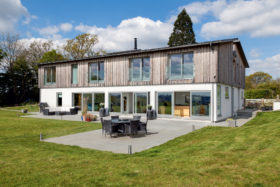
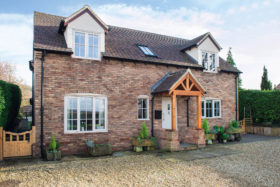






























































































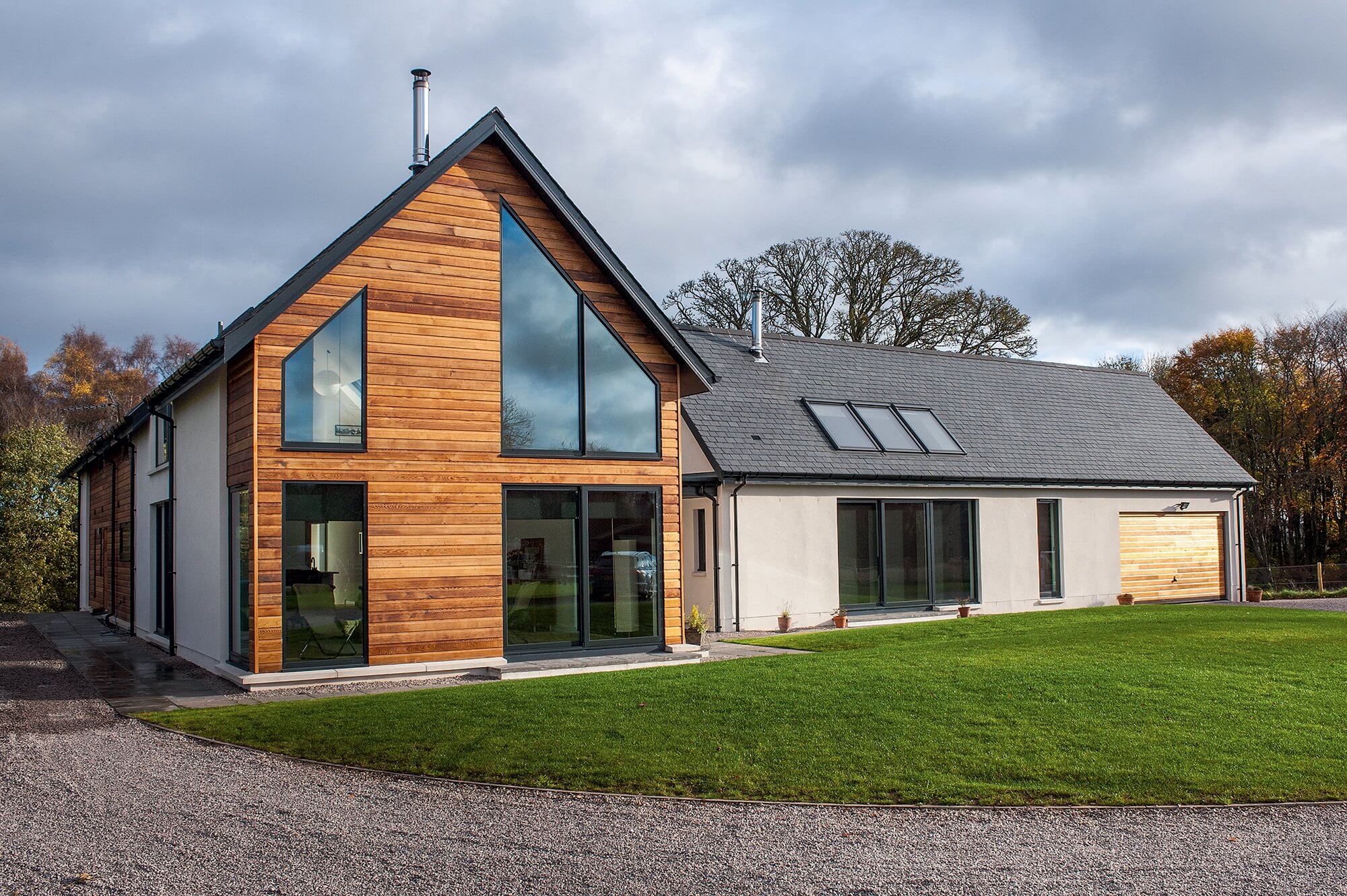
 Login/register to save Article for later
Login/register to save Article for later


